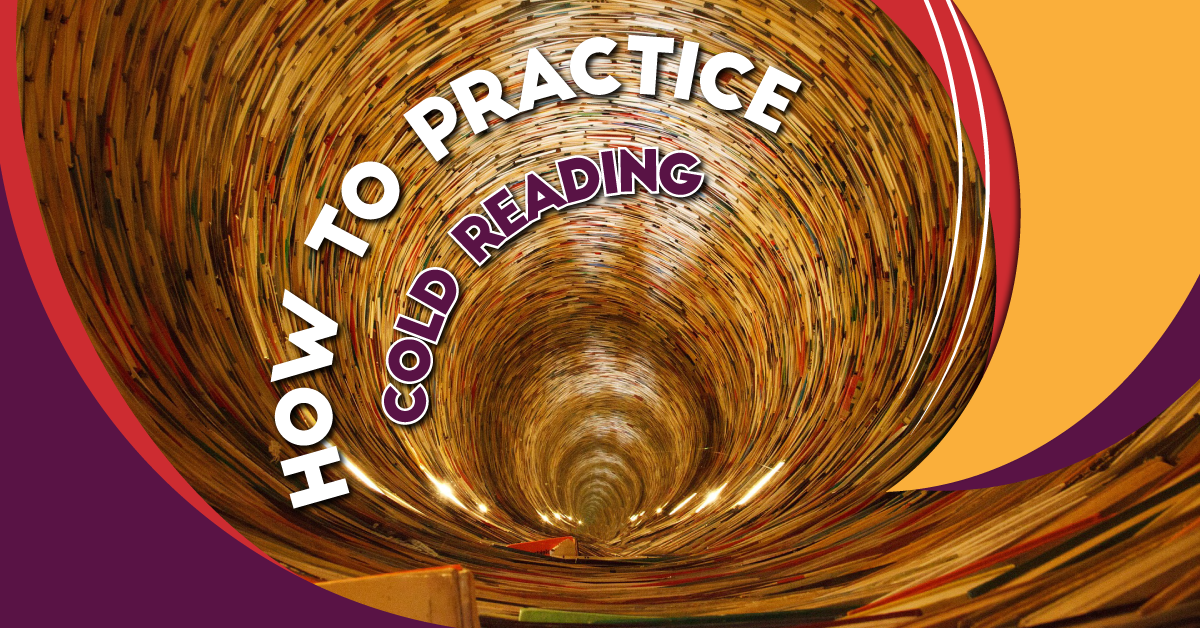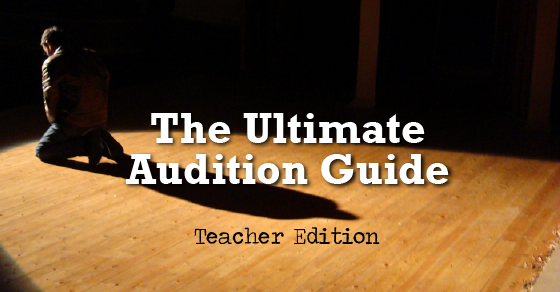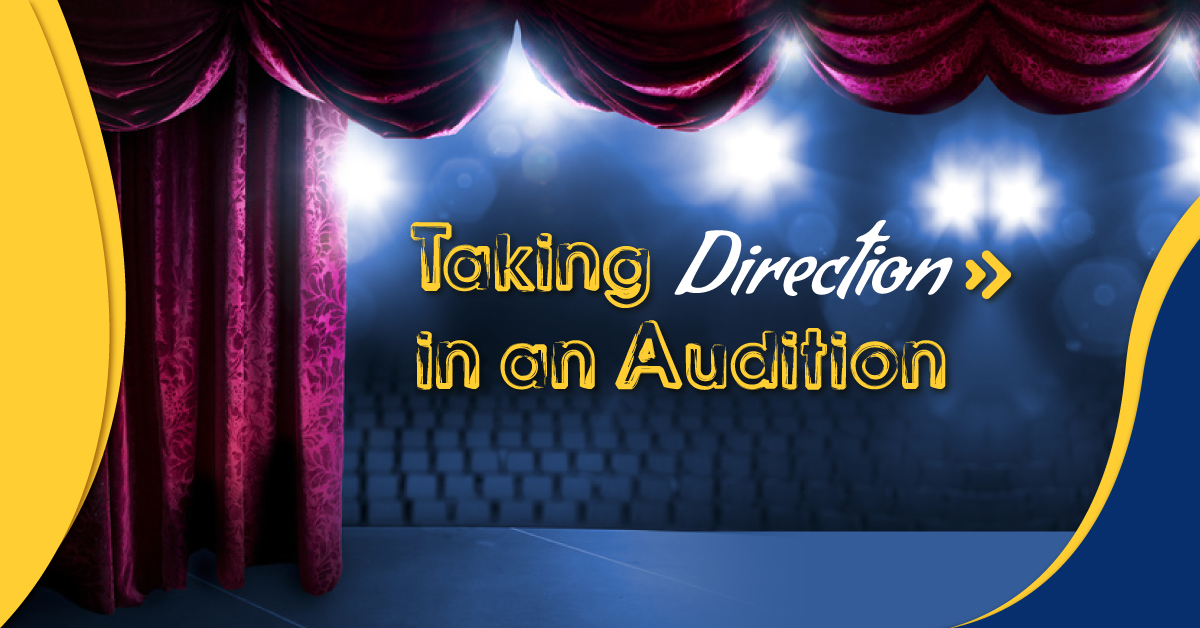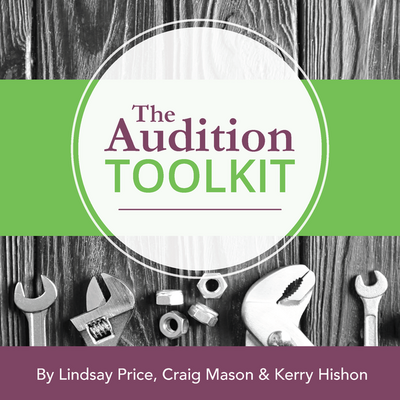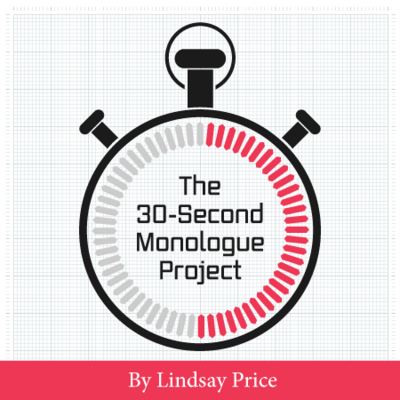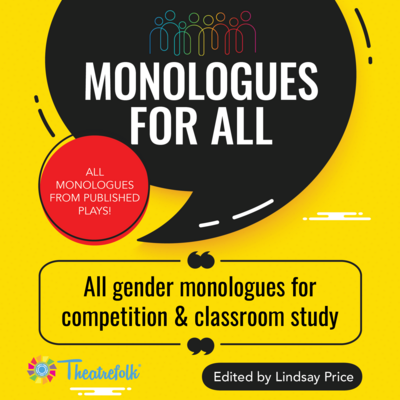How to Practice Cold Reading
Cold reading (or sight reading) is where actors read aloud from a script, scene, or text with little to no advanced preparation. It’s frequently used in auditions either instead of or in addition to prepared monologues. Cold readings are great if your students are intimidated by the idea of choosing and memorizing a monologue, or would prefer to audition in a group setting. Cold readings can be challenging though, particularly for students who aren’t the strongest readers. It can also be challenging for students to connect with their scene partners if they’re already busy trying to keep up with just saying the lines correctly. More pros and cons of cold readings can be found here.
However, cold reading is a skill that can be practiced and developed in the drama classroom. Here’s a classroom exercise that you can use with your students to practice cold readings. It will take a minimum of three classes to complete, but could be extended if you wish.
Directions
1. Pre-Exercise Preparation
For this exercise, you will need, at minimum, enough different scenes for every two students in your class (as they will work in pairs). So, if you have 20 students, you will need 10 two-person scenes. This exercise works if you have your students all work on the same scenes, but it can get a little monotonous to watch over and over. This exercise can also be adapted for larger group scenes or monologue work, but for now we will focus on two-person scenes.
If you don’t already have a collection of scenes and monologues for your classroom, start gathering these! Whenever I read a play, I’m always on the lookout for scenes and monologues for my students to use in class. I have a binder full of monologues (read more about that here) and another one with lots of scenes. My scenes binder is organized with dividers for the number of characters in each scene – two-handers, three-handers, four-person scenes, and more than five characters. I also make a note on the top of the page of the character names for easy reference.
Theatrefolk also has a great page of free resources to get your scenes and monologues collection started. Check it out here.
2. Class #1
Divide students into pairs. You may select the partners yourself, draw names from a hat, or let students select their partners. One pair at a time will come to the front of the class. You will give them one of your two-person scenes, which they will present in front of the class. (You may choose what role your students play within the scene or let them pick – it’s up to you.) After each pair performs, you may wish to give some feedback or have students provide peer feedback – just remember to keep the comments constructive and focused on practical performance notes rather than focusing on whether or not students liked or disliked the scene/characters/writing. Have the students take notes in a practice log of the feedback they receive.
After each pair performs, students will individually write some brief notes on their practice log about their thoughts on their own performance.
3. Classes #2 and #3
For classes two and three, students will repeat the exercise each day with a new partner and new scene. (You may wish to keep a record of which student performed with which partner and what scene they performed so they aren’t repeating.) Again, after each performance have students record their thoughts and any peer feedback on their practice log.
After each student performs with three different partners, they will complete and submit their practice log and an individual Reflection.
Related Articles
Audition Toolkit
by Lindsay Price, Craig Mason, and Kerry Hishon
Teach students to present their best selves in an audition situation with The Audition Toolkit - complete with articles, exercises, tips and more for both teachers and students.
The 30-Second Monologue Project
by Lindsay Price
Give students the confidence, skills and tools they need to master the monologue with The 30-Second Monologue Project. This four-lesson unit guides students from the first moment to a successful performance.
Monologues for All
by Lindsay Price
Many monologue books have monologues with only male- or female-identified characters. This resource allows students to infer the identity of the character.
